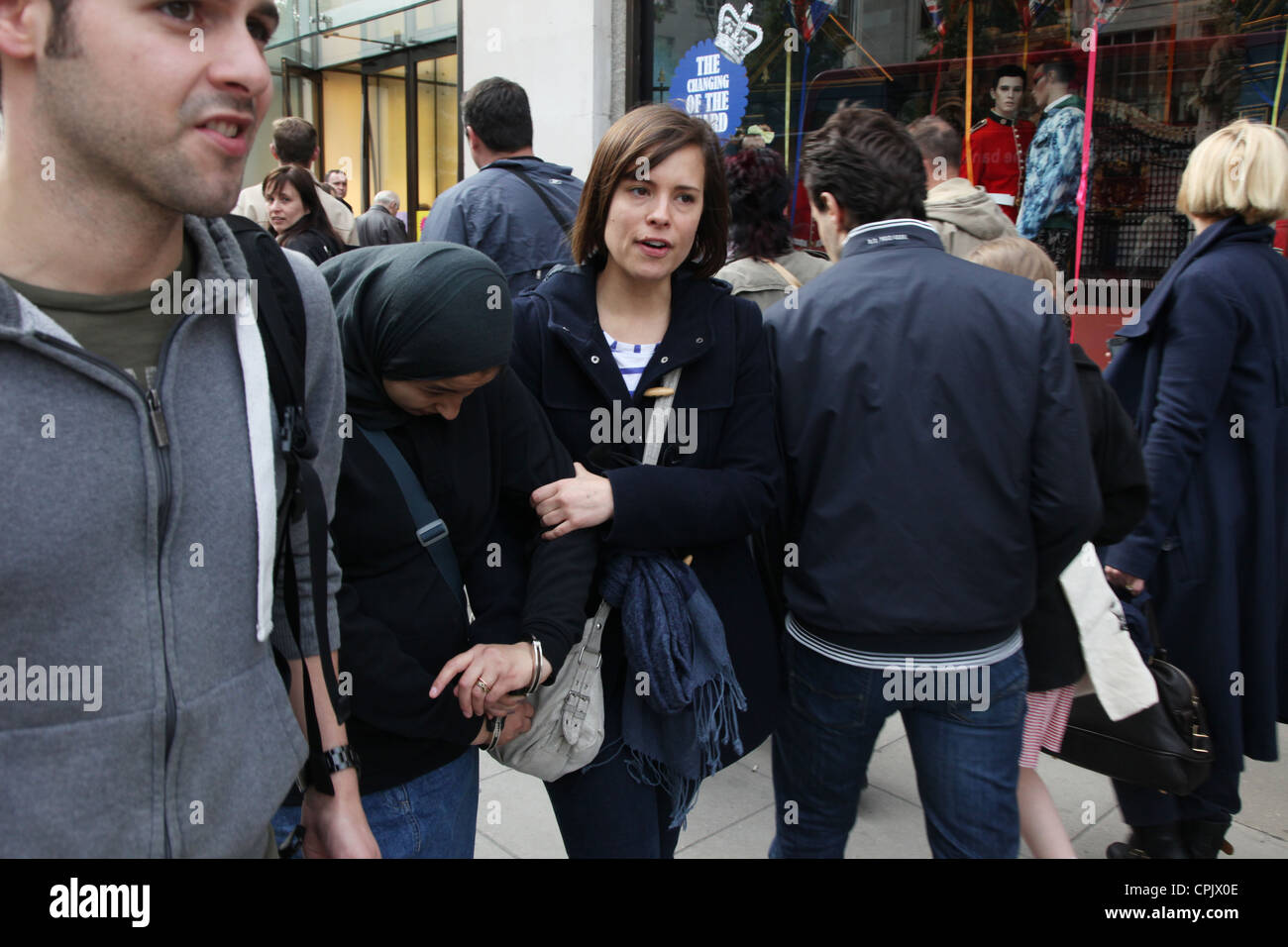
Police infiltration of protests also has a chilling effect on protesters’ First Amendment rights. And while law enforcement agencies focus their infiltration on the advocacy of left-leaning groups, Black protesters, and Muslims, they continue to pay insufficient attention to the United States’ many violent white supremacist threats.

The resulting prosecutions cases ended in mistrials, dismissals, and acquittals over the next 18 months. They followed up by arresting more than 200 anti-capitalist and anti-fascist activists, journalists, and legal observers en masse, simply because the individuals were in the vicinity of acts of property damage. As part of an investigation into a potential conspiracy to foment violence, police officers infiltrated a small group called Disrupt J20 that was planning meetings for the demonstrations. Or take the more recent example of the protests surrounding President Trump’s inauguration. One of its ignominies involved an FBI informant providing Black Panthers with sticks of dynamite to blow up the Statue of Liberty. COINTELPRO was designed explicitly to target Black activists because of their political stances. Included in its mission were efforts to “expose, disrupt, misdirect, discredit, or otherwise neutralize the activities” of the Black Panthers and other Black nationalist groups. From 1956 to 1971, it targeted groups that the government deemed subversive, with methods including unconstitutional surveillance and infiltration. Take, for instance, the FBI’s Counter Intelligence Program, known as COINTELPRO. Indeed, undercover officers sometimes initiate or enable violence between police and protesters, further escalating the already-violent policing of dissent - a problem that is particularly pertinent for anti-police brutality and Black-led protests, which meet especially forceful resistance from law enforcement.Īdditionally, the history of police infiltration is one of the government disproportionately targeting progressive activists and movements - sometimes even going so far as to gin up violence as justification for scrutiny - rather than keeping protesters safe. On the other hand, there are proven downsides. The benefits of infiltration are thus speculative at best. An internal Department of Homeland Security intelligence assessment found that most of the violence at protests has been committed by opportunists interested in looting, not agitators or extremists. The notion that there were coordinated plans to engage in illegal activity turns out to be false. But this rationale falls apart on closer examination. The idea, ostensibly, is that plainclothes officers can overhear people conspiring to commit violence or other illegal acts and disrupt their plots. The Texas Department of Public Safety outright acknowledged embedding undercover officers in the protests to root out “criminals.” Undercover officers disguised as Orthodox Jews attended anti-racism protests in New Jersey. A North Dakota officer posed as a protester, photographed activists, and yelled “F**k the police” while checking for guns at a Black Lives Matter protest in Fargo.

There is solid evidence that police infiltrated the recent demonstrations. As with so many other police practices that are now coming under scrutiny, the longstanding practice of using undercover police to monitor protests and protest movements should be closely examined - and reconsidered. But little attention has been paid to a third group of infiltrators: police. The protests that followed the police killing of George Floyd in late May prompted allegations of infiltration by out-of-state anti-fascist agitators (which have been refuted) and white supremacists (which have been borne out).

Advance Constitutional Change Show / hide.National Task Force on Democracy Reform & the Rule of Law.Government Targeting of Minority Communities Show / hide.Campaign Finance in the Courts Show / hide.Gerrymandering & Fair Representation Show / hide.Ensure Every American Can Vote Show / hide.


 0 kommentar(er)
0 kommentar(er)
